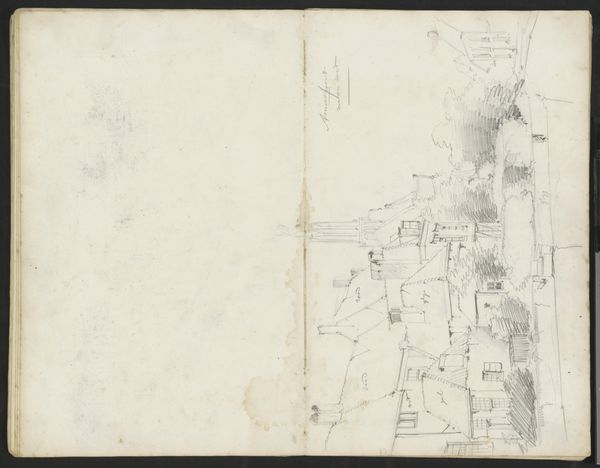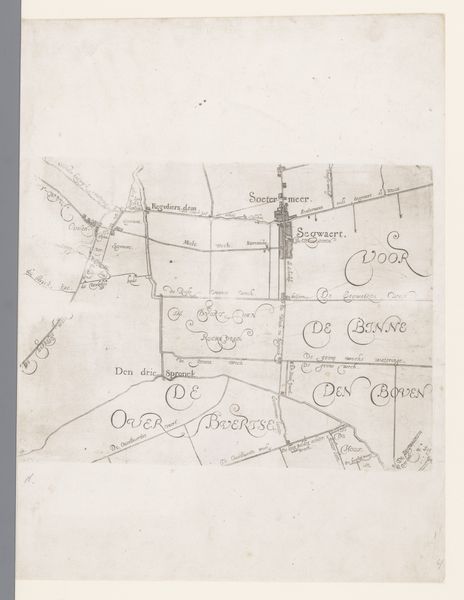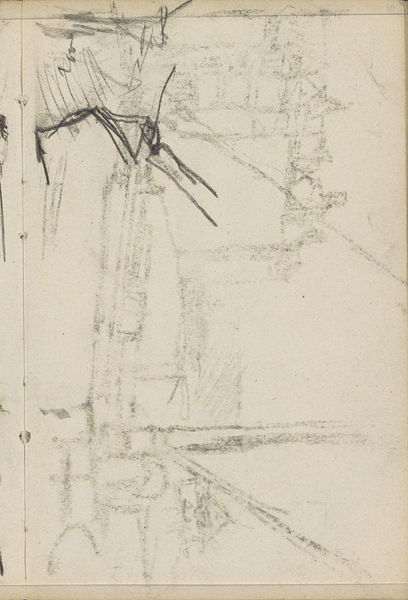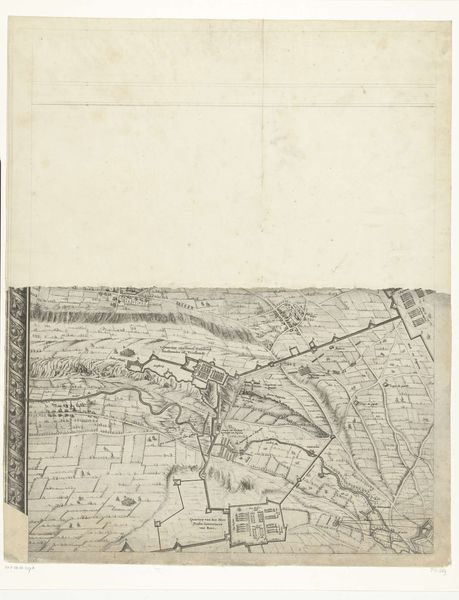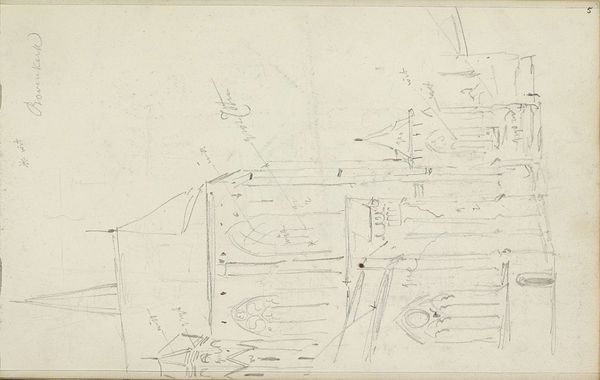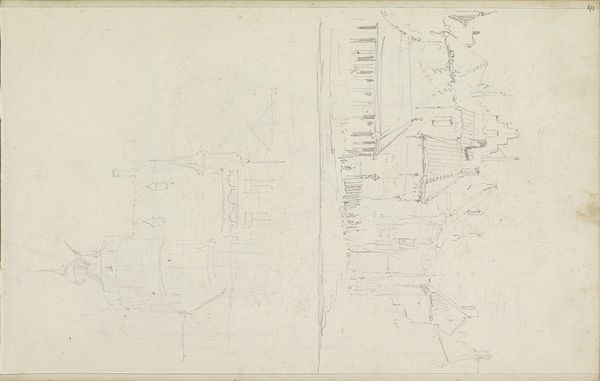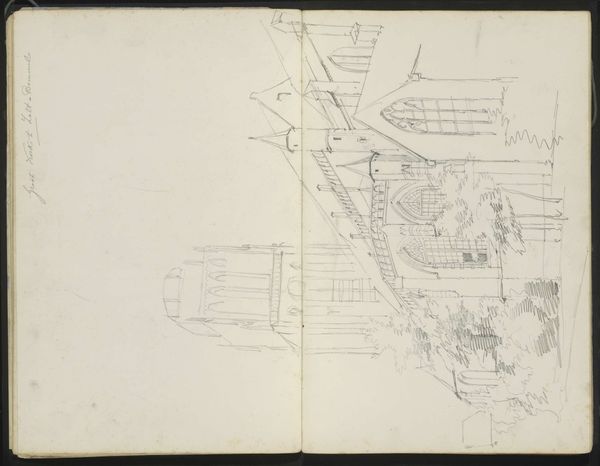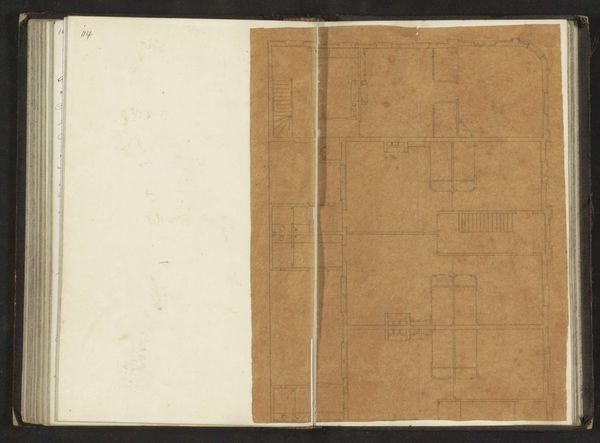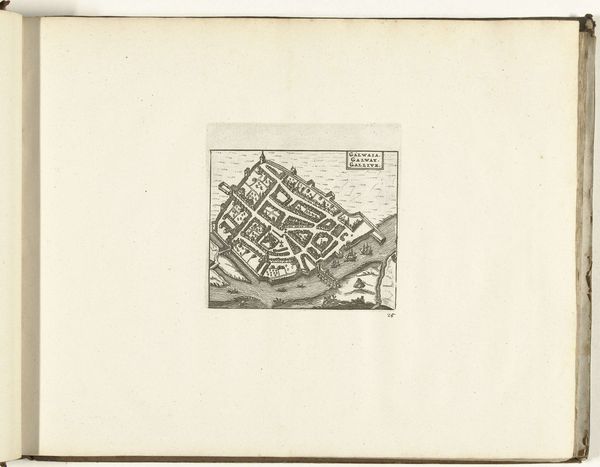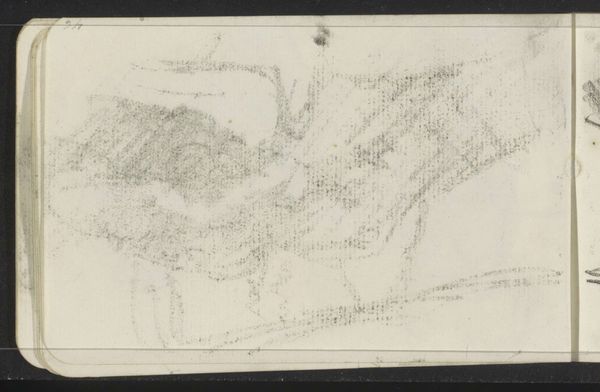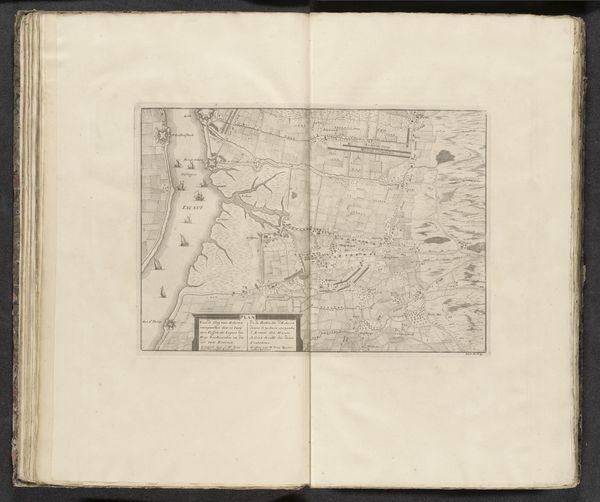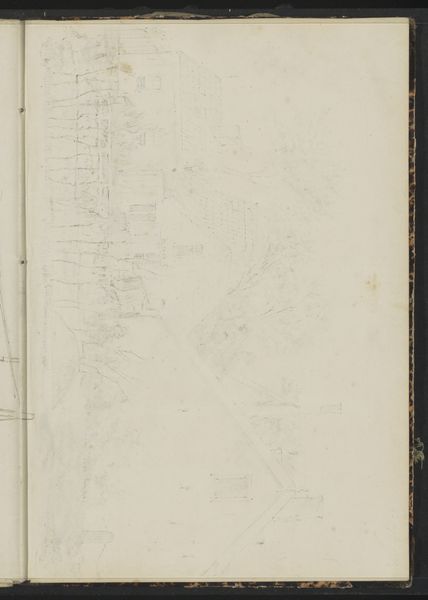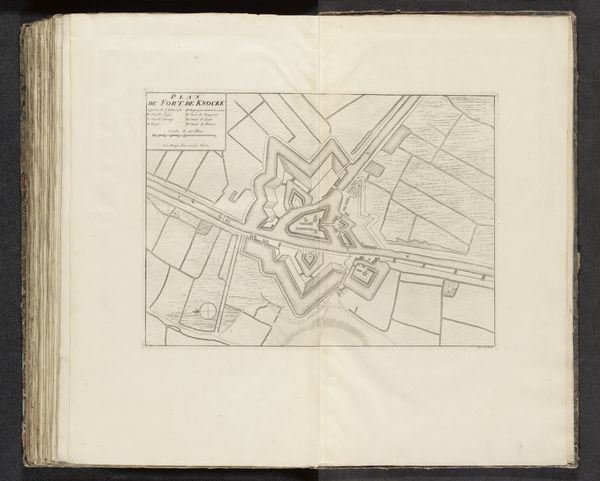
drawing, paper, pencil
#
drawing
#
landscape
#
figuration
#
paper
#
romanticism
#
pencil
#
line
Copyright: Rijks Museum: Open Domain
Editor: This is Johannes Christiaan Schotel's "Tweemaster," a pencil drawing on paper, placing it somewhere between 1797 and 1838. There's a real fragility to it; you can almost feel the paper and see the sketch lines as if the artist just finished it. What stands out to you about this piece? Curator: Well, first off, seeing this now, at this moment, I’m immediately thinking about labor, and the economics that propelled ships like this across oceans. These weren’t just aesthetic objects, but tools of empire, right? What was carried, and at what cost? Editor: So, less about the beauty of the ship itself and more about its implications? Curator: Exactly. Schotel, working within the Romantic landscape tradition, gives us this sketch. But for me, a drawing like this can serve as a jumping-off point for a broader conversation. Who profited? Who suffered? Think about the Dutch East India Company, or the journeys of enslaved people on similar vessels. It asks us to acknowledge how these beautifully rendered objects were directly tied to systems of oppression and global exchange. Editor: It definitely shifts my perspective. I was caught up in the detail of the drawing. Now I see the ghost ships, almost. Curator: Precisely. The "Tweemaster" becomes less about aesthetics, and more of a reminder of the complex networks of power it represents. Consider also that Schotel, a white male artist, is depicting a symbol laden with colonial history. Does that change how we view the work? Editor: Definitely gives you something to think about that you wouldn't just get from the drawing alone. Curator: And that's where the real conversation begins, I think.
Comments
No comments
Be the first to comment and join the conversation on the ultimate creative platform.
